mountains along the border between Pakistan and China lies the breathtaking Khunjerab Pass. Known as the highest paved border crossing in the world. This majestic pass connects the Gilgit-Baltistan region of Pakistan with the Xinjiang region of China. “Khunjerab Pass: Gateway To Friendship And Adventure”. Here, travelers can witness stunning views of snow-capped peaks, crystal-clear lakes, and lush valleys. All while experiencing the unique blend of cultures and traditions that define the region.
For centuries, the Khunjerab Pass has served not only as a vital trade route between the two countries. But also as a symbol of friendship and cooperation. Despite political tensions and border disputes, the pass remains open for travelers from both sides. Inviting visitors to explore its natural beauty and immerse themselves in the rich history and culture of the region. Whether you’re a nature enthusiast seeking adventure in the great outdoors. Cultural explorer eager to learn more about the diverse people of this region. Khunjerab Pass offers a gateway to both friendship and adventure that is sure to leave a lasting impression.
Geographical Features And Location
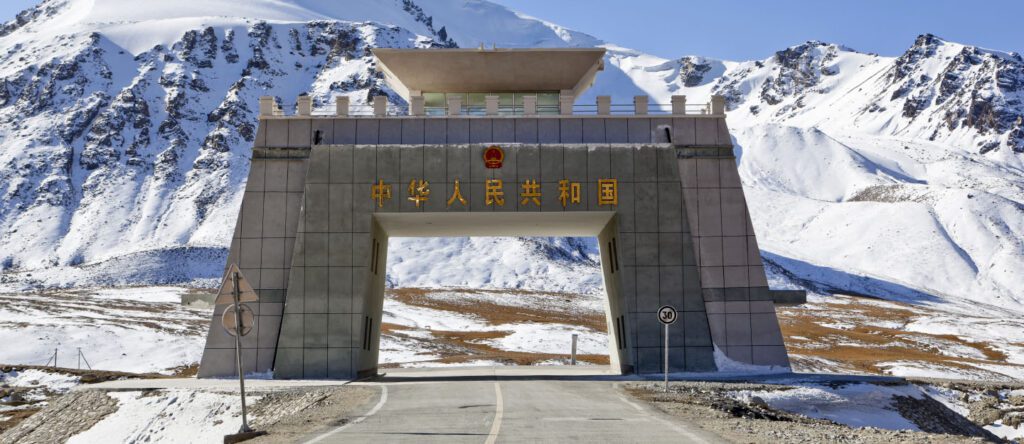
The Khunjerab Pass is a high mountain pass located in the Karakoram mountain range. At an elevation of 4,693 meters (15,397 feet) above sea level. It serves as the border crossing between Pakistan and China. Connecting the Xinjiang region of China with the Gilgit-Baltistan region of Pakistan.
The pass is situated in the midst of breathtaking natural beauty. With snow-capped peaks, lush valleys, and crystal-clear streams surrounding it. It is a popular destination for adventure seekers and nature lovers alike. Offering a unique combination of rugged terrain and stunning landscapes.
The Khunjerab Pass holds great significance not only for its geographical location but also for its historical and cultural importance. It has long been a strategic gateway for trade and travel between the two countries. Serving as a vital link on the ancient Silk Road.
The pass marks the highest paved international border crossing in the world. Making it a challenging and exhilarating destination for travelers seeking an unforgettable adventure. The road leading up to the pass is a marvel of engineering. Winding its way through steep mountain slopes and offering panoramic views of the surrounding mountains and valleys.
The climate at Khunjerab Pass is harsh and unforgiving. With extreme temperatures and high winds posing challenges to those brave enough to make the journey. Summers are short and cool, while winters are long and bitterly cold. With heavy snowfall blocking the pass for much of the year.
Despite the harsh conditions, the pass is home to a variety of unique flora and fauna. Including rare species such as the snow leopard and the ibex. The surrounding mountains are also teeming with wildlife, making it a paradise for nature enthusiasts and wildlife photographers.
The Khunjerab Pass is not only a gateway to adventure but also a symbol of friendship and cooperation between Pakistan and China. The border crossing serves as a vital link between the two countries, facilitating trade and cultural exchange between them.
In recent years, the pass has become a popular tourist destination. Attracting visitors from all over the world who come to witness its natural beauty and experience its unique blend of cultures. Travelers can explore the nearby Khunjerab National Park, home to a wide variety of flora and fauna. Embark on thrilling trekking and mountaineering expeditions in the surrounding mountains.
Overall, the Khunjerab Pass is a place of mystery and wonder. Where the forces of nature and human ingenuity converge to create an unforgettable experience for those who dare to venture to its heights. It is a testament to the enduring spirit of adventure and the enduring bonds of friendship that connect us all.
Historical And Cultural Significance
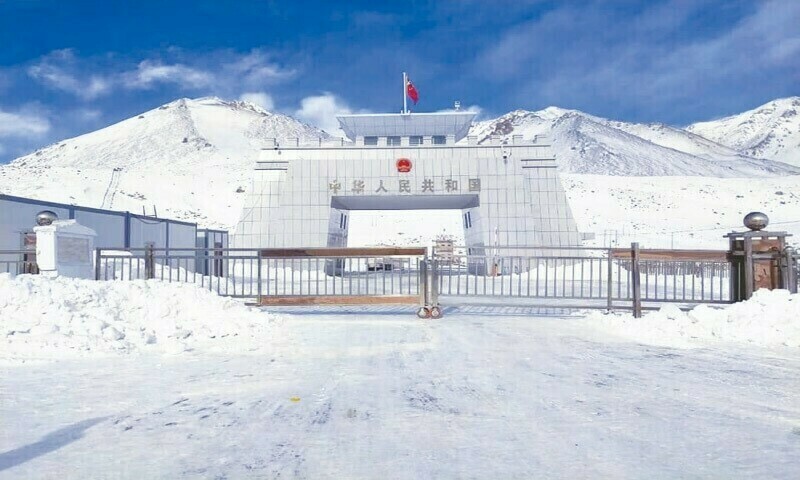
Khunjerab Pass holds a significant historical and cultural importance as it has been a crucial link between two neighboring countries – Pakistan and China. Situated at an altitude of 4,693 meters. It is one of the highest paved roads in the world and serves as a pathway connecting the two countries through the Karakoram Highway.
The pass has been in use for centuries, dating back to the ancient Silk Road era when merchants and travelers would traverse this treacherous terrain for trade and commerce. It served as a vital route for the exchange of goods, ideas, and cultures between different regions of the world. The strategic location of Khunjerab Pass made it a coveted point for various conquerors and rulers throughout history.
The name “Khunjerab” itself has a historical significance as it is derived from the Wakhi language. Spoken by the local people in the region. “Khunjer” means blood, and “ab” means a passage, so the name translates to “Blood Passage” in reference to the occasional bloody conflicts that took place in the region. However, today, the pass symbolizes a gateway to friendship and cooperation between Pakistan and China.
The cultural significance of Khunjerab Pass lies in its diverse population and the vibrant customs and traditions of the people living in the surrounding areas. The pass is located in the Gilgit-Baltistan region of Pakistan. Which is home to various ethnic groups such as Wakhi, Balti, and Shina. These communities have their unique languages, dress, cuisine, and folklore, adding to the rich tapestry of cultures in the region.
Furthermore, the pass serves as a meeting point for travelers and adventurers from around the world. Explore the majestic landscapes and experience the warmth and hospitality of the local people. Tourists can immerse themselves in the unique blend of Chinese and Pakistani cultures at the border crossing post and witness the harmonious coexistence of different ethnicities in the region.
In recent years, Khunjerab Pass has emerged as a popular tourist destination. Attracting visitors with its breathtaking views of snow-capped peaks, crystal-clear lakes, and lush valleys. The pass offers numerous opportunities for adventure activities such as trekking, mountaineering. Wildlife watching, making it a paradise for outdoor enthusiasts.
Moreover, the pass plays a crucial role in promoting economic development and enhancing bilateral ties between Pakistan and China. The Karakoram Highway, which passes through Khunjerab. Serves as a vital trade route connecting the two countries and facilitating the transportation of goods and services. The pass has also become a symbol of the deep-rooted friendship and cooperation between Pakistan and China. Exemplified by the iconic Friendship Gate at the border crossing.
In conclusion, Khunjerab Pass is more than just a geographical landmark – it is a testament to the historical, cultural, and strategic significance of the region. It serves as a bridge between two nations, fostering friendship, cooperation, and mutual understanding among people from diverse backgrounds. The pass continues to be a beacon of hope and unity in an increasingly interconnected world.
Economic Importance And Trade Routes
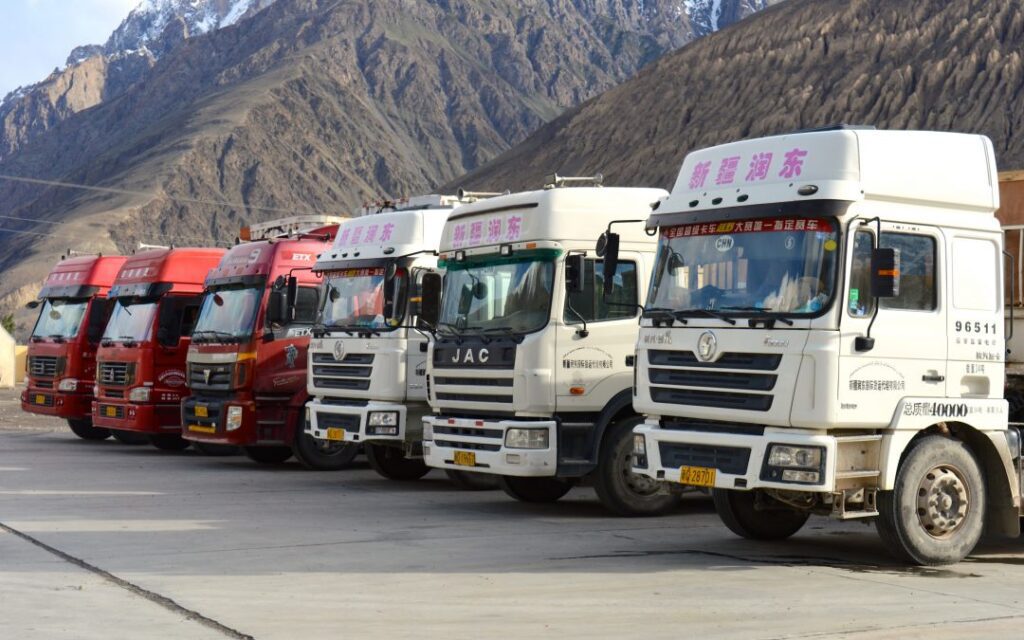
The Khunjerab Pass, located on the border between Pakistan and China. Holds great economic importance as a vital trade route connecting the two countries. It is the highest paved border crossing in the world, standing at an impressive altitude of 4,693 meters above sea level. This strategic location allows for the exchange of goods and services between Pakistan and China. Fostering economic growth and bilateral cooperation.
The pass plays a crucial role in facilitating trade between the two countries. Serving as a key gateway for the movement of goods and commodities. Many trade caravans pass through this route, transporting a wide range of products such as textiles, electronics, machinery, and agricultural goods. The Khunjerab Pass provides a direct link between China’s western regions. Including Xinjiang province, and Pakistan’s northern areas, offering a more efficient and cost-effective alternative to other trade routes.
In addition to its role in promoting bilateral trade, the Khunjerab Pass also serves as a significant transit point for international trade. It is part of the China-Pakistan Economic Corridor (CPEC), a flagship project of China’s Belt and Road Initiative. CPEC aims to enhance connectivity between China and Pakistan by developing infrastructure projects, including highways, railways, and energy facilities. The Khunjerab Pass is a crucial component of this initiative, providing a direct link between China’s western regions and Pakistan’s Gwadar Port on the Arabian Sea.
The pass is also a gateway for trade with Central Asian countries. Pakistan has been actively exploring opportunities to expand its trade relations with countries such as Kazakhstan, Uzbekistan, and Tajikistan through the Khunjerab Pass. Improved road infrastructure and customs procedures have facilitated increased trade flows, benefiting both Pakistan and its Central Asian neighbors.
Furthermore, the Khunjerab Pass has the potential to boost tourism and economic development in the surrounding areas. The stunning natural beauty of the region, with its snow-capped peaks, lush valleys, and crystal-clear lakes. Attracts a growing number of domestic and international tourists each year. The pass serves as a gateway to adventure for travelers seeking to explore the majestic landscapes of the Karakoram Range and experience the unique cultures of the region.
In conclusion, the Khunjerab Pass holds immense economic significance as a key trade route connecting Pakistan and China. It plays a vital role in facilitating bilateral trade and enhancing connectivity between the two countries. Furthermore, it serves as a strategic transit point for international trade, linking China with Central Asian countries. The pass also has the potential to promote tourism and economic development in the region. Making it a gateway to friendship and adventure for travelers from around the world.
Etymology and Meaning of the Name “Khunjerab”
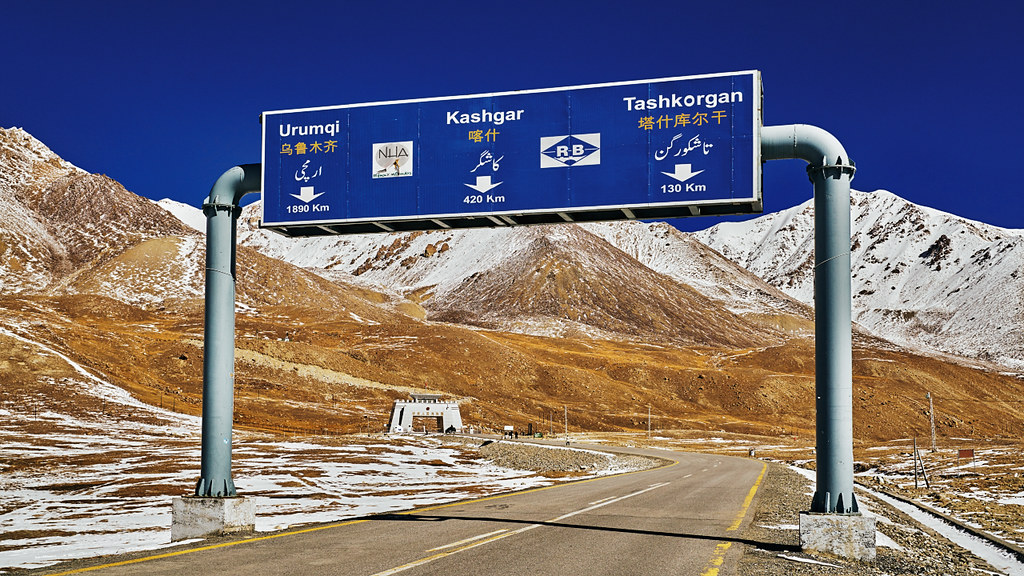
The Khunjerab Pass, located in the Karakoram Mountains in the Gilgit-Baltistan region of Pakistan. Is one of the highest paved international border crossings in the world. Its name, Khunjerab, holds significant historical and cultural significance, shedding light on the rich heritage of the region.
The etymology of the name “Khunjerab” can be traced back to the local Wakhi language spoken by the people inhabiting the area. In Wakhi, “Khunjerab” is said to mean “blood valley.” This name may have originated from the red stones found in the surrounding mountains, which resemble the color of blood. Interestingly, the locals also believe that the pass got its name due to the bloodshed that occurred during various skirmishes and conflicts in the region centuries ago.
Another possible interpretation of the name “Khunjerab” is “Valley of Dead,”. Which signifies the treacherous and challenging terrain of the pass. Indeed, the Khunjerab Pass is known for its harsh weather conditions, unpredictable snowstorms, and steep inclines. Making it a perilous route for travelers. This interpretation also aligns with the historical significance of the pass as a gateway for various armies and conquerors throughout history.
Moreover, the name “Khunjerab” holds symbolic importance in terms of friendship and unity. The pass serves as a vital link between Pakistan and China. Fostering diplomatic relations and promoting cultural exchange between the two countries. The word “Khunjerab” embodies the spirit of cooperation and collaboration. Signifying the bond between nations and the shared journey towards peace and prosperity.
In addition to its linguistic roots, the name “Khunjerab” is also steeped in folklore and mythology. According to local legends, the pass is believed to be guarded by supernatural beings and mystical creatures who protect the route from evil forces. The name “Khunjerab” thus evokes a sense of mystery and wonder. Inviting travelers to embark on a spiritual and transformative journey through the majestic mountains.
Overall, the name “Khunjerab” encapsulates the essence of the pass as a gateway to adventure, friendship, and discovery. It reflects the rugged beauty and untamed wilderness of the Karakoram Mountains. While also symbolizing the resilience and fortitude of the people who call this remote region home. Whether trekking through its snow-capped peaks or crossing its winding roads. Travelers are bound to be captivated by the enchanting allure of Khunjerab and the stories hidden within its ancient name.
Khunjerab National Park: Home To Bears, Ibex, And Snow Leopards

Nestled among the towering peaks of the Karakoram Range lies Khunjerab National Park. Apristine wilderness teeming with diverse wildlife and stunning landscapes. This protected area spans over 2,345 square kilometers and is home to a wide variety of species. Including Himalayan brown bears, Himalayan ibex, and the elusive snow leopard.
One of the most iconic inhabitants of Khunjerab National Park is the Himalayan brown bear. This majestic species is known for its thick fur coat, which helps it survive in the harsh mountain environment. Visitors to the park may be lucky enough to catch a glimpse of these bears as they forage for food among the alpine meadows and rocky outcrops. The sight of a Himalayan brown bear in the wild is truly a once-in-a-lifetime experience that should not be missed.
Another highlight of Khunjerab National Park is the Himalayan ibex. A species of wild goat that is well adapted to life in the high mountains. These agile creatures can be seen scaling steep cliffs with ease, their impressive horns adding to their striking appearance. Ibex are often spotted grazing on the sparse vegetation found in the park, making them a common sight for visitors exploring the area.
Perhaps the most elusive resident of Khunjerab National Park is the snow leopard. Known for its stealth and camouflage, this magnificent big cat is a rare sight in the wild. The park provides important habitat for snow leopards. Offering them a safe haven where they can roam freely without fear of persecution. While spotting a snow leopard may require patience and luck.
In addition to these flagship species, Khunjerab National Park is home to a wide range of other wildlife. Including marmots, foxes, and various species of birds. The park’s diverse ecosystems support a rich array of plant and animal life. Making it a paradise for nature enthusiasts and wildlife photographers.
Beyond its natural beauty, Khunjerab National Park also plays a crucial role in conservation efforts in the region. The park serves as a protected area for vulnerable species and helps to preserve the unique flora and fauna of the Karakoram Range. By promoting sustainable tourism and raising awareness about the importance of conservation. Khunjerab National Park is taking important steps towards safeguarding the natural heritage of this stunning landscape.
For visitors looking to experience the wonders of Khunjerab National Park firsthand. There are a variety of activities to choose from. Whether hiking through pristine mountain valleys. Spotting wildlife from a safe distance, or simply enjoying the peace and tranquility of the wilderness. There is something for everyone to enjoy in this breathtaking national park.
Conclusion
Khunjerab National Park is a true gem of the Karakoram Range, offering unparalleled opportunities for adventure and exploration. “Khunjerab Pass: Gateway To Friendship And Adventure”. From its iconic wildlife to its stunning vistas, this protected area is a must-visit destination for anyone looking to experience the beauty and diversity of Pakistan’s natural heritage. So pack your bags, lace up your hiking boots, and get ready to embark on an unforgettable journey through Khunjerab National Park.
Khunjerab Pass is a special place. Whether you want to learn about the local culture or go on a big hike in the mountains, Khunjerab Pass has something for everyone. Firstly, Khunjerab Pass is important because it shows how Pakistan and China are good friends. They use the pass to trade things like food, clothes, and other stuff. This helps both countries and shows how they work together. People from both sides of the border come here to trade and meet each other. It’s a place where friendship is strong.
Secondly, Khunjerab Pass is a great place for adventures. You can do all kinds of fun things here. If you want to learn about the local culture, you can talk to the people who live nearby. They have their own traditions and stories to share. You can also go on hikes in the mountains. The views are amazing, and you might even see some cool animals like bears, ibex, or even a snow leopard if you’re lucky!
Khunjerab Pass has something for everyone. So next time you’re thinking about where to go for a trip, consider visiting Khunjerab Pass. It’s a place you won’t forget!
Is Khunjerab Pass open all year round for travelers?
Khunjerab Pass is typically open for travelers from May to November, depending on weather conditions. During winter months, heavy snowfall and dangerous road conditions may lead to the closure of the pass.
Are there any restrictions for visiting Khunjerab National Park?
Visitors to Khunjerab National Park are required to obtain permits from the relevant authorities. Additionally, certain areas within the park may be restricted to protect wildlife and preserve fragile ecosystems.
What is the best time of year to visit Khunjerab Pass for trekking and outdoor activities?
The best time to visit Khunjerab Pass for trekking and outdoor activities is during the summer months, from June to August, when the weather is milder and the snow has melted. However, it’s essential to check weather forecasts and road conditions before planning your trip.
Are there facilities available for tourists at Khunjerab Pass and Khunjerab National Park?
While basic facilities such as rest areas and toilets are available at Khunjerab Pass, amenities may be limited. It’s advisable to bring essentials such as food, water, and warm clothing, especially if you plan to spend extended periods in the area.
What are the transportation options for reaching Khunjerab Pass and Khunjerab National Park?
Travelers can reach Khunjerab Pass and Khunjerab National Park by road via the Karakoram Highway. Additionally, guided tours and private transportation services are available from nearby towns and cities, offering convenient access to the area’s attractions.
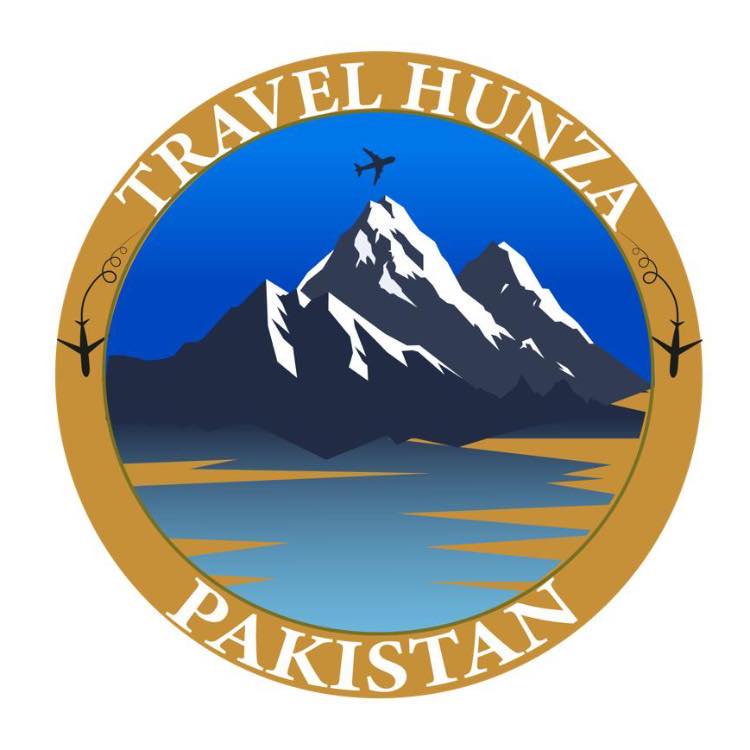



[…] city is steeped in rich history and culture. Meanwhile, adventure seekers will be drawn to Banff National Park in Alberta. Where they can hike through rugged mountains, kayak on crystal-clear lakes, and spot […]
[…] visit in the Golden State. Whether you’re looking to explore the natural beauty of Yosemite National Park. Experience the glamour of Hollywood, California has something for […]